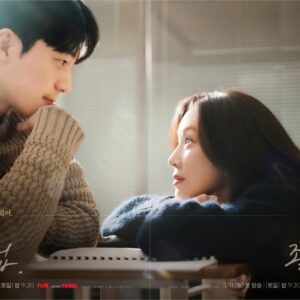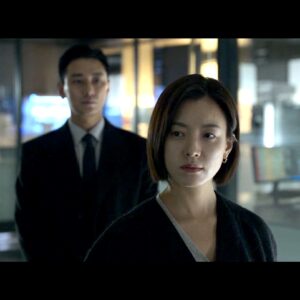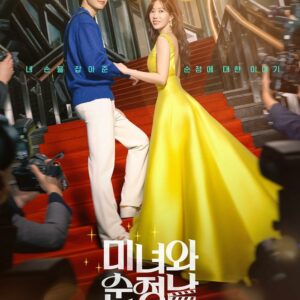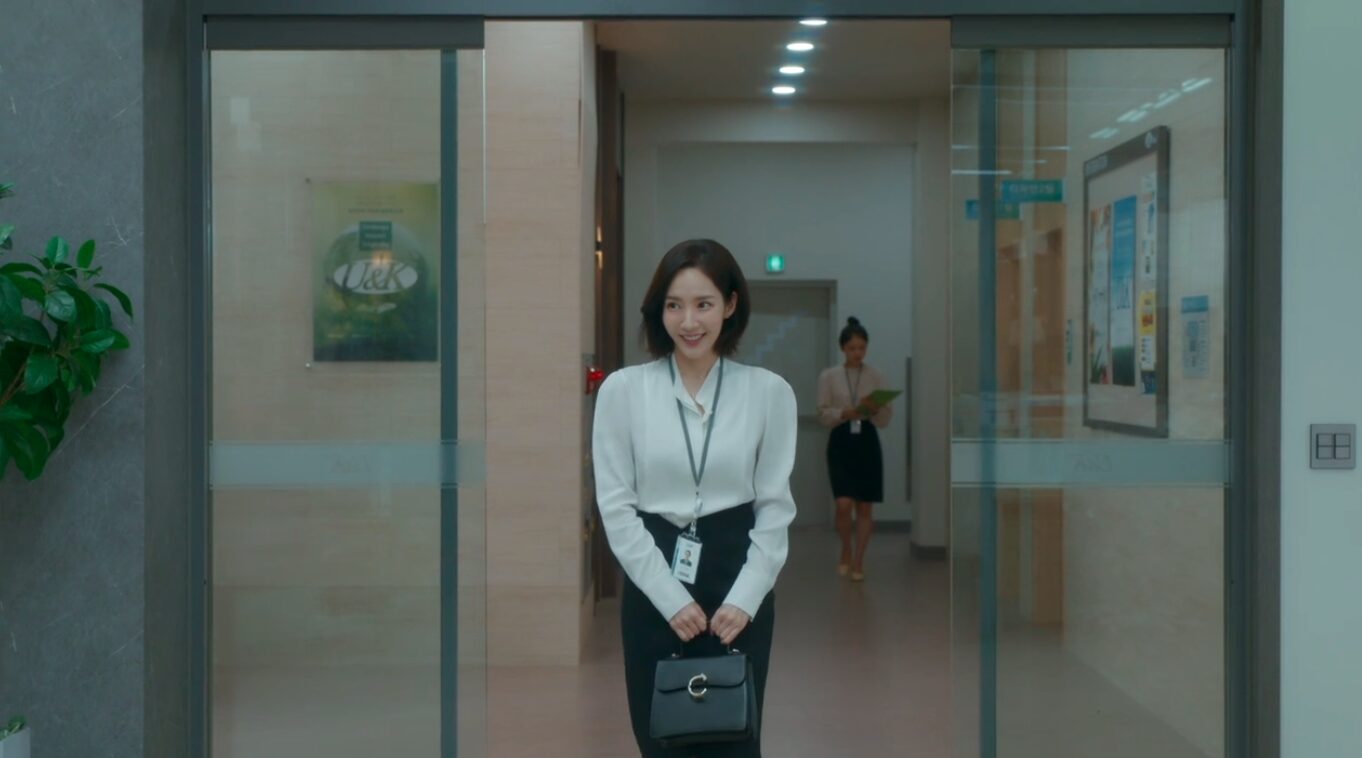It’s an old joke that the novel Jane Eyre is a kdrama.
For a long time, whenever discussions of classic Victorian novels came up, somebody would point out the similarities between them and Korean dramas. From Pride and Prejudice to Wuthering Heights, there is usually an element or two they share with 21st century television coming from South Korea.
But for Jane Eyre – the classic gothic romance by novelist Charlotte Bronte (1816-1855) – the similarities were seen to be particularly stark.
This week I was lucky enough to see a fantastic adaptation of Jane Eyre by a small local theatre company that specialises in stripped back versions of classics that are pared down to the core of the story to keep the runtime down and allow it to be imagined with only four actors. It is this that made me realise that our half-joking categorisation of Jane Eyre as a kdrama was, if anything, an understatement.
Jane Eyre is a classic kdrama from start to finish. And, I wager to say, possibly the first one ever written.
The Candy
Jane Eyre herself is the quintessential kdrama Candy: impoverished and the victim of injustice but nonetheless plucky, hardworking, cheerful, and moral. An orphan abused by her wealthy relatives, she endures harshness and injustice while retaining her spirit, intelligence and optimism. Like most Candies, Jane Eyre as a character is rewarded for her morality with happiness. Or rather she is rewarded with a husband, a point I’ll touch on later. It’s interesting that Jane Eyre is regarded historically as a strongly feminist figure. Her attitude to the servitude required of her sex in Victorian England is something she doesn’t rebel against but rather embraces and reframes as a virtue. In this, she resembles a classic Candy even more – Candy never rails against the system nor truly challenges it. She finds happiness within it.
The Chaebol
Rochester, from his first appearance, is so clearly and unremittingly a Chaebol jerk that I gleaned somewhat too much amusement from his character during the play this week. Not only is he wealthy, arrogant and tsundere, he is also Jane’s demanding and capricious boss with whom she has a very disturbing power imbalance. Rochester is a misanthrope dedicated to hedonism but, like all Chaebol jerks, his poor behaviour stems from his Great Secret Trauma. And like all Chaebol jerks, he’s just waiting for Candy to come along and redeem him with her purity and unwavering kindness.
The Second Female Lead
Blanche Ingram. Beautiful, wealthy, scheming. The Chaebol Jerk’s rejection of the perfect socially-acceptable match proves his great love for Candy. Most importantly, the Blanche Ingram’s of kdrama (like Blanche herself) are interpreted solely through the lens of a female lead who has embraced her hardworking poverty as a virtue. The second female lead may very well be arrogant, entitled and manipulative. But, in Jane Eyre, as in other Candy/Chaebol stories, there is little recognition or acknowledgement that these female characters may be dealing with the same sex-based injustice the noble female lead is. Blanche is in even more danger of being declared ‘on the shelf’ than Jane is and the pressure on her to marry – and to marry well – would have been enormous. It’s not surprising that both texts rarely deal with these nuances, reducing the second female lead to a one-dimensional romantic obstacle.
The Romance
The word Candy actually derives from a classic Japanese manga series, Candy Candy, and although the Candy is an ubiquitous female lead in Korean dramas (kdrama), she has a significant place in Japanese narratives as well. Korean classics such as Boys Over Flowers are based on Japanese texts that are popular and influential across Asia, and not just on the Peninsula. Among other things, these romances are characterised by several problematic aspects, all seen in Jane Eyre:
- Impoverished but brash, outspoken female lead and wealthy, cold, secretly passionate male lead;
- Strong power imbalances, sometimes in age, wealth or social power (including structural inequality but also labour). In the case of Jane Eyre, it’s all three as Rochester is older, more experienced, wealthier, and Jane’s employer.
- The male lead’s character development is dependent on the uncomplaining and noble intervention of the female lead. He is saved by her goodness. She is sometimes merely a tool toward the male lead’s salvation; his romantic new beginning. In this, his character development is more important than hers. He has flaws and weaknesses to overcome and character growth to chart. She has unwavering nobility and morality.
If none of these things seem to you like an auspicious description of a romance, you would not be alone. All these things are problematic (in an admittedly modern context). That Rochester loves Jane’s purity and goodness more than he loves Jane is clear throughout Jane Eyre and throughout many kdramas too. Jane represents a feminine ideal rather than a real woman.
The Ending and the Need for Justice in an Ordered Universe
It would take a greater and more dedicated scholar than myself to discuss why 21st century Korean narratives so greatly resemble those from 19th century England. But Jane Eyre is not the only example, just the most completely apropos one I’m aware of.
Underpinning both narrative traditions is a spiritual or religious belief in an ordered universe. Candy is ultimately rewarded for her suffering and nobility, just as those who wronged her are punished. The Chaebol jerk, for all his wealth and power, is also often humbled in these texts. In the case of Jane Eyre, she inherits an income that ensures her independence while Rochester’s great gothic facade is obliterated in cleansing fire. He becomes scarred and blind; a punishment for his bigamy and rakish ways. The wife dies, Jane is rewarded with her man.
The universe has spoken. Order is restored.
Of course, this means that the reward Jane gets for her unwavering fidelity and righteousness is to care for a shattered invalid for the rest of her life. But since she has embraced service as the natural role for a righteous woman, it stands as testament to Bronte’s particularly Victorian moral worldview. Kdramas – most recently and infamously What’s Wrong With Secretary Kim – also frequently portray as a ‘happy ending’ a woman getting to care for a man for eternity.
The question is whether the Victorian romance era influenced the Korean dramas of today or if they are both narrative expressions of similar cultural elements. And that is, as I said, a question for others better suited to the conclusion.
For now I’ll just marvel at how completely a kdrama Jane Eyre is. And wonder if there are others from the same era who rival it.




One thought on “The First Kdrama: Jane Eyre”